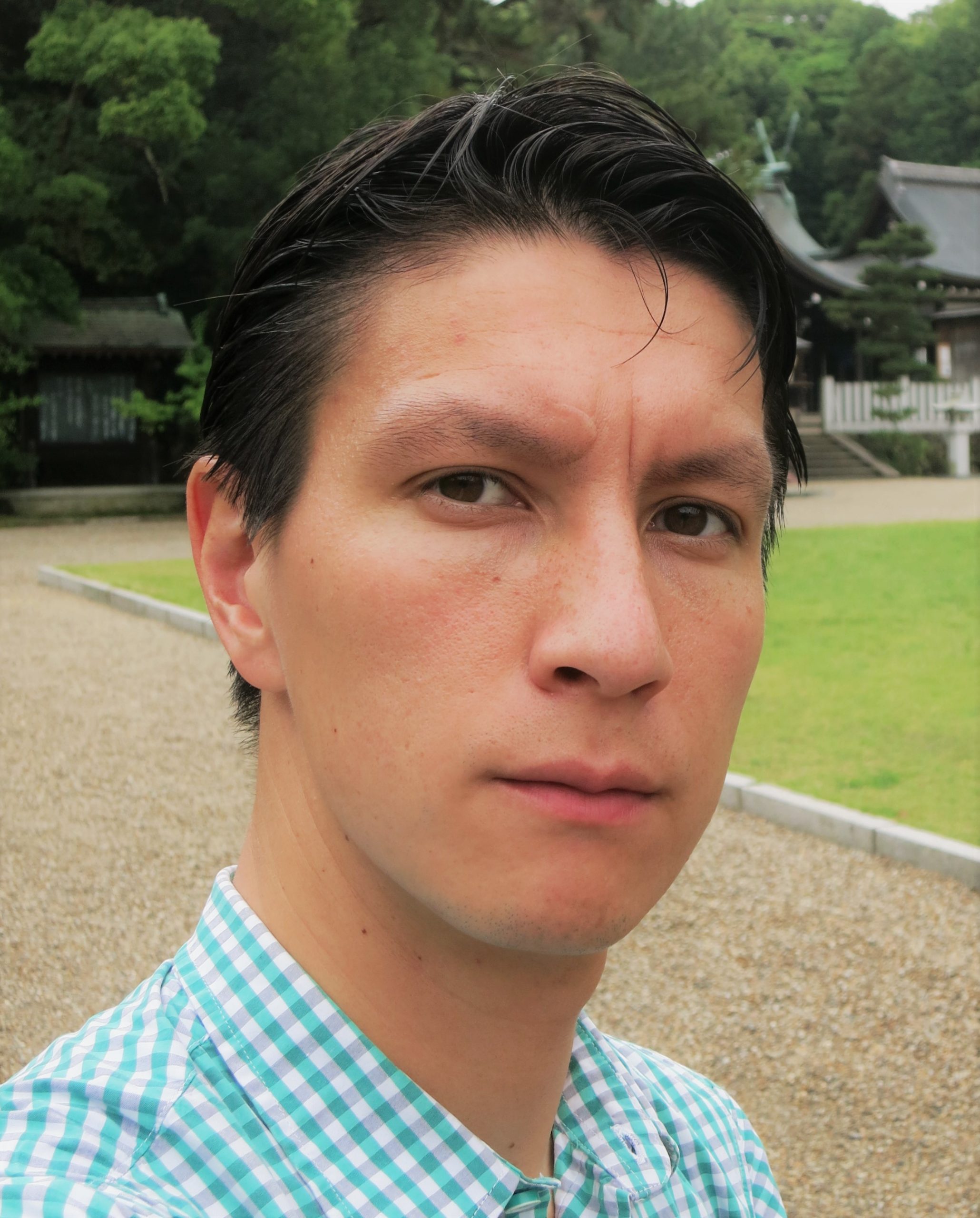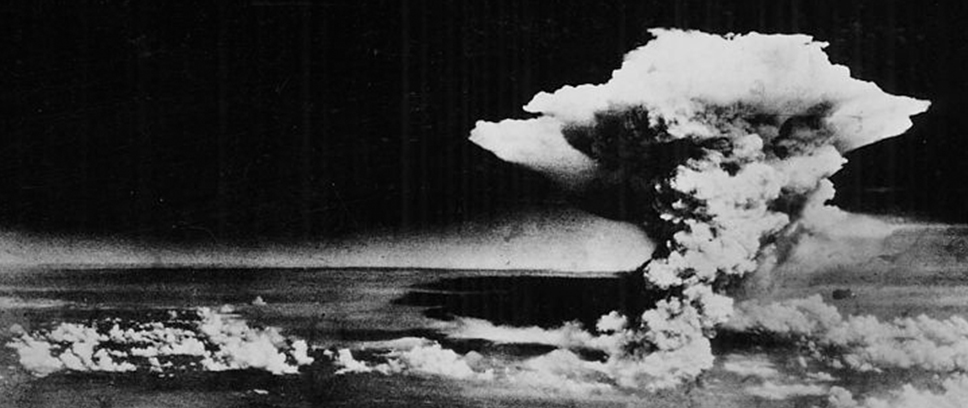
The Race for the Atomic Bomb
Takuma Melber | 28 February 2023
Would American atomic bombs have flattened German cities if Germany had not capitulated in May 1945? The exhibition “Roads not Taken” explores this question and 13 other turning points in German history. Dr Takuma Melber, University of Heidelberg, deals in this blog with the development of the atomic bomb during the Second World War.
A month before the German invasion of Poland, the noted physicist Albert Einstein sent a letter to US President Franklin D. Roosevelt, dated 2 August 1939. In it he pointed out that Germany was probably working on the development of a new kind of bomb based on a chain reaction in a mass of uranium: “A single bomb of this type, carried by boat and exploded in a port, might very well destroy the whole port together with some of the surrounding territory. However, such bombs might very well prove too heavy for transportation by air.” [1]
Taking up Einstein’s advice, Roosevelt arranged to intensify research in nuclear technology for military purposes by creating the “Manhattan Project”, the birth of the development of nuclear weapons, which were then used in the last days of the war to bomb Japan. From September 1942 onwards, the American atomic bomb project gained momentum. Under the military command of General Leslie R. Groves and the scientific direction of J. Robert Oppenheimer, the son of German-Jewish immigrants, the leading atomic physicists in the USA, recruited from various American universities, worked in Los Alamos (New Mexico) under strictest secrecy on the development of the atomic bomb.
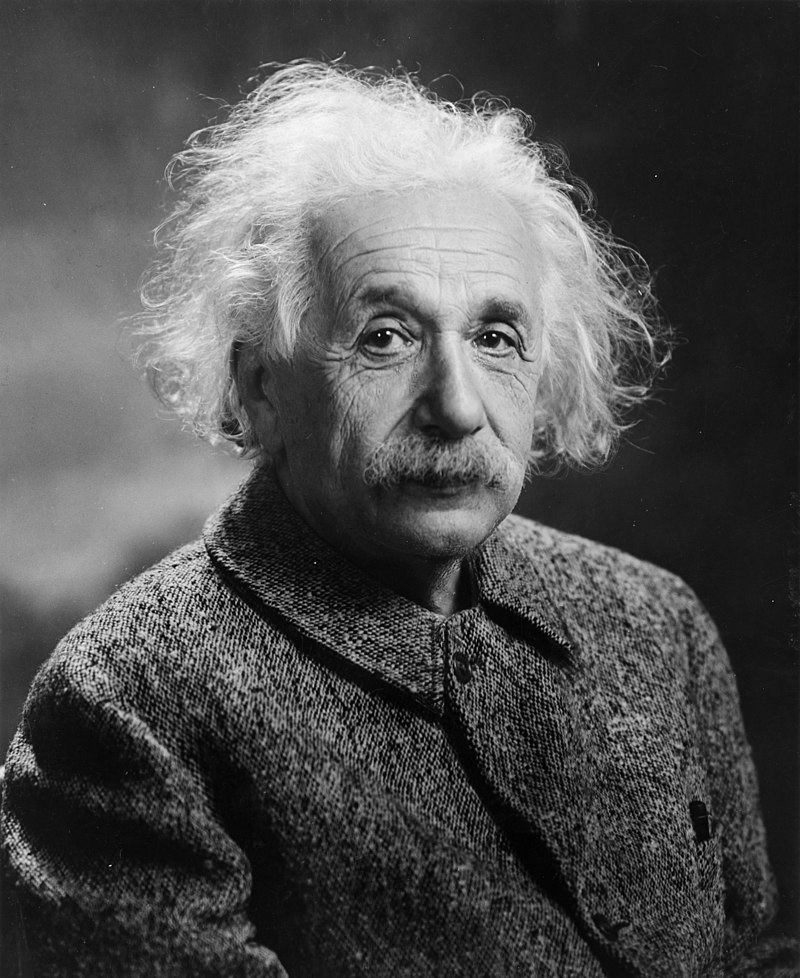
As Einstein had correctly implied, the German Reich endeavoured to use the nuclear fission of uranium for military purposes – a discovery that Otto Hahn and Fritz Strassmann had made at the end of 1938 at the Kaiser Wilhelm Institute in Berlin. However, the German uranium project made considerably less progress than the Manhattan Project, which was perhaps due to the decentral structure of the German programme; the Germans had failed to concentrate the scientific potential of atomic research and pursued different branches of nuclear research at several different places in the country with little coordination. On behalf of the German Army Ordnance Office, Nobel laureate Werner Heisenberg travelled with Carl Friedrich von Weizsäcker to German occupied Copenhagen in September 1941 to consult with the Danish nuclear physicist Niels Bohr. Because the German scientists failed to make groundbreaking progress in the development of atom weapons, the arms production efforts under German armaments minister Albert Speer continued to concentrate on conventional weapons. In the course of the war, Bohr emigrated to the United States, reported to the Americans on German initiatives to build an atomic bomb, and contributed important theoretical findings to the development of American nuclear weapons.
Japanese physicists, headed by Bohr’s close friend Yoshio Nishina, also explored the question of the use of nuclear energy for military purposes. However, the Japanese invested considerably less effort in the project than the Germans and were decentralised and poorly organised, as well. After Japan’s defeat in the Battle of Midway (4 – 7 June 1942), Admiral Isoroku Yamamoto demanded that the nuclear physicists develop an “epochal weapon”, and Japan’s prime minister, Hideki Tōjō, called for a rapid acceleration in nuclear research. But like their colleagues in Germany, the Japanese nuclear scientists shared the erroneous assessment that the development of nuclear weapons would not have a decisive effect on the outcome of the war, and nuclear research remained only one of several efforts to produce armaments. Compared with the USA, the Axis Powers remained far behind as to the extent, organisation, concentration of potentials, and financial investment in nuclear arms: Washington poured some two billion dollars into the development of nuclear weapons.[2] After having accessed secret documents on the German research of nuclear weaponry, the scientists participating in the Manhattan Project came to an astounding conclusion: “[It] is clear that the total potential of the German uranium project was considerably inferior to that of the Americans. This might have been due to the limited possibilities of the German economy or to an unfavourable disposition of the government. The fact remains that an independent group of scientists, far smaller than ours, achieved relatively much under unfavourable conditions.” [3] In other words, the German nuclear physicists had set off on the right path and reached conclusions analogous to those of the Americans, which theoretically could have resulted in the successful development of nuclear weapons.
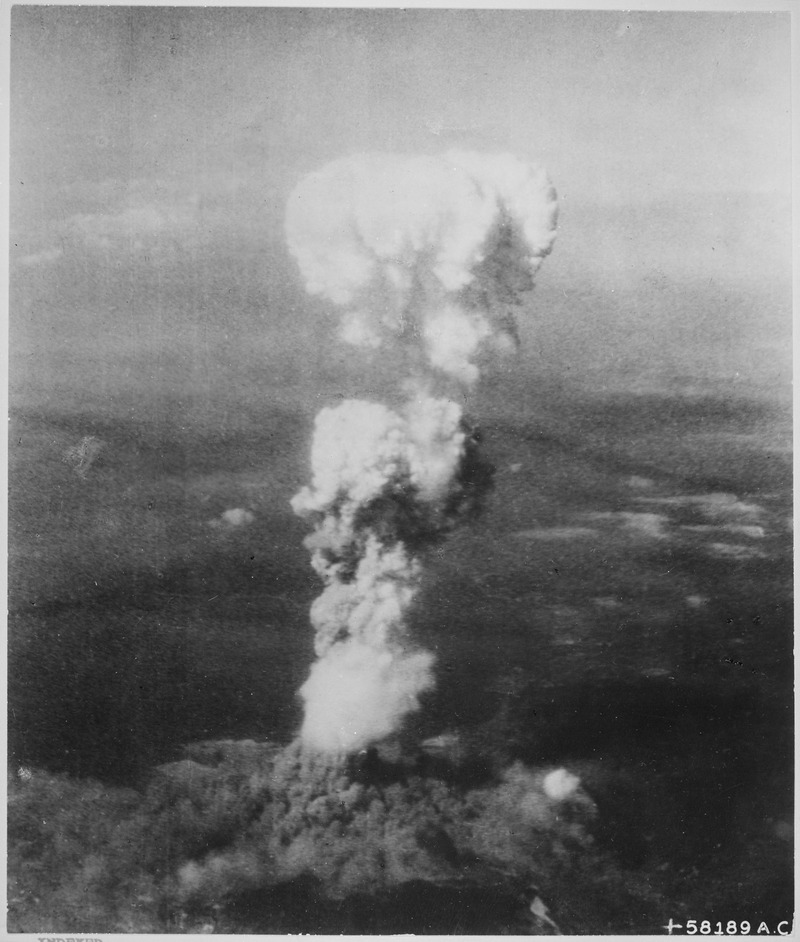
On 16 July 1945, the first successful explosion of a nuclear weapon took place in the desert south of Los Alamos under the military code name “Trinity”. With this operational nuclear weapon, the USA had won the so-called race for the atomic bomb. If the Wehrmacht had not unconditionally capitulated on 8 May 1945, it is possible that German cities would have been in the crosshairs of the US military. In 1943, Berlin as well as Mannheim-Ludwigshafen were considered to be potential targets, as listed by the US military after an initial tentative discussion – albeit at a time when no operational atomic bomb was available. It was only in April 1945, when the end of the war in Europe was clearly in sight and it was certain that the new bomb would only be deployed in the Pacific, that a serious discussion took place as to which Japanese cities would be best suited to test the effect of the newly developed weapon. In the end, four largely undamaged Japanese cities remained on the list: Hiroshima, Kokura, Nagasaki and Niigata. On 6 August 1945, a Boeing B-29 dropped the uranium bomb named “Little Boy” over Hiroshima – with devastating consequences of a yet unknown extent. Little Boy claimed 80,000 deaths immediately; the plutonium bomb dropped three days later over Nagasaki, coined “Fat Man”, cost a further 40,000 casualties. By the end of 1945, the number of deaths had risen to 200,000, and countless Hibakusha (Japanese for atomic bomb victims) suffered in the post-war years from complications arising from the nuclear fallout. Whether the deployment of the bombs ordered by President Harry Truman was actually necessary is still a hotly debated topic among historians, particularly since the military situation of the Japanese Empire in the summer of 1945 was completely hopeless.[4] De facto, however, Hiroshima and Nagasaki resulted in the capitulation of Japan and thus the end of the Second World War.
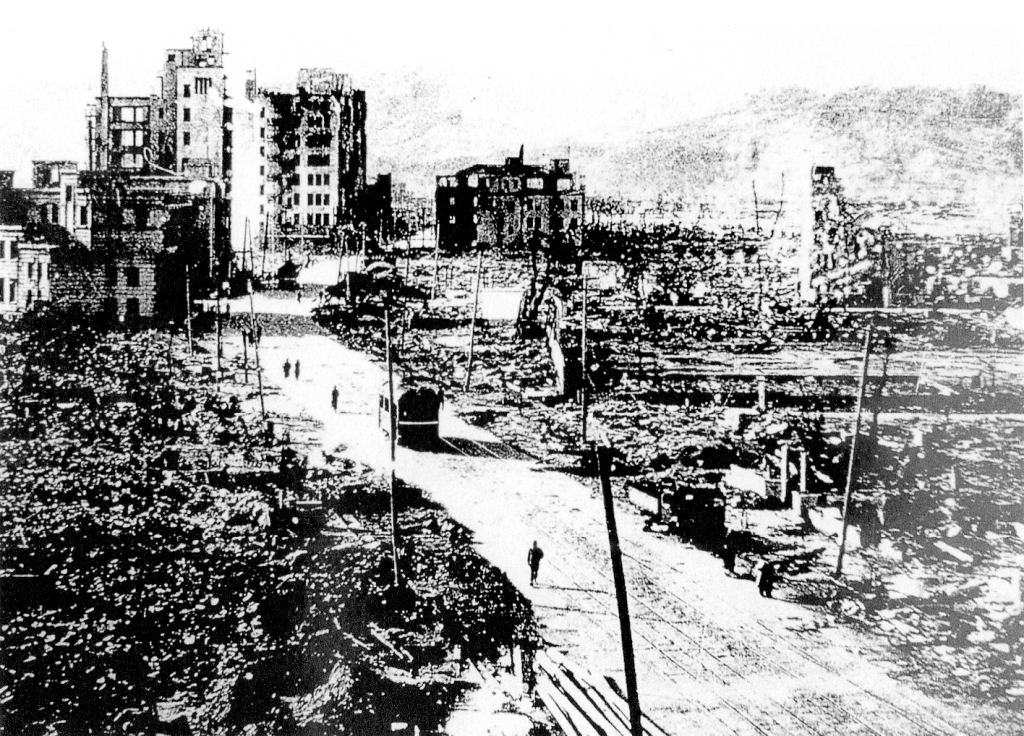
The nuclear bombing became indelibly etched in the collective memory of the Japanese population and served to nudge Japan’s responsibility for the war into the background, to foster the country’s narrative as a victim, and to stylise Japan as the “last victim of the Second World War.” [5] If a nuclear bomb had been deployed against German cities, it would probably have been even more difficult for the Germans to successfully come to terms with the past.
As it turned out, Albert Einstein did not participate in the Manhattan Project, because due to his pacifistic stance and his fame, he was seen as a security risk for the strictly secret atomic bomb programme. Although the Americans cooperated with British and Canadian experts, the hundreds of scientists working on the Manhattan Project were forbidden to have any contact with the famous physicist. After the bomb had been deployed against Hiroshima and Nagasaki, Einstein profoundly regretted the development of nuclear weapons which he had initiated in his letter to Roosevelt in 1939. After the war, he stated in the magazine Newsweek: “If I had known that the Germans would not succeed in developing the atomic bomb, I would not have undertaken anything.” [6]
Further reading
Coulmas, Florian, Hiroshima: Geschichte und Nachgeschichte, München 2010.
Ford, Douglas, The Pacific War. Clash of Empires in World War II, London 2012, pp. 213-229.
|
|
Takuma MelberDr Takuma Melber is a German-Japanese historian and author of such books as “Pearl Harbor: Japans Angriff und der Kriegseintritt der USA” (Munich 2016). He teaches and researches at the Heidelberg Centre for Transcultural Studies (HCTS) of the University of Heidelberg. As an expert on the history of the Second World War in the Asian-Pacific sphere, he has participated internationally in TV documentations and radio broadcasts. |
[1] Zitiert nach: Walker, Mark, Das deutsche Uranprojekt. Amerikas Einschätzung der deutschen Atomforschung. In: Physik in unserer Zeit, Band 33/Heft 4, Weinheim 2022, pp. 167-171, p. 169.
[2] On the atomic bomb projects of Germany and Japan see: Grunden, Walter E.; Walker, Mark and Yamazaki, Masakatsu, Wartime Nuclear Weapons Research in Germany and Japan, in: Osiris, vol. 20, Chicago 2005, pp. 107-130.
[3] Walker, p. 168.
[4] A good summary of the discussion can be found in: Krebs, Gerhard, Das moderne Japan 1868-1952. Von der Meiji-Restauration bis zum Friedensvertrag von San Francisco, München 2009, pp. 174-179.
[5] Cf. Melber, Takuma, Das Leid der Eigenen. 1945 in der japanischen Erinnerungskultur. In: Aus Politik und Zeitgeschichte (APuZ), Band 4-5/2020, Bonn 2020, pp. 17-24.
[6] Newsweek, 10 March 1947, New York 1947, p. 58.
